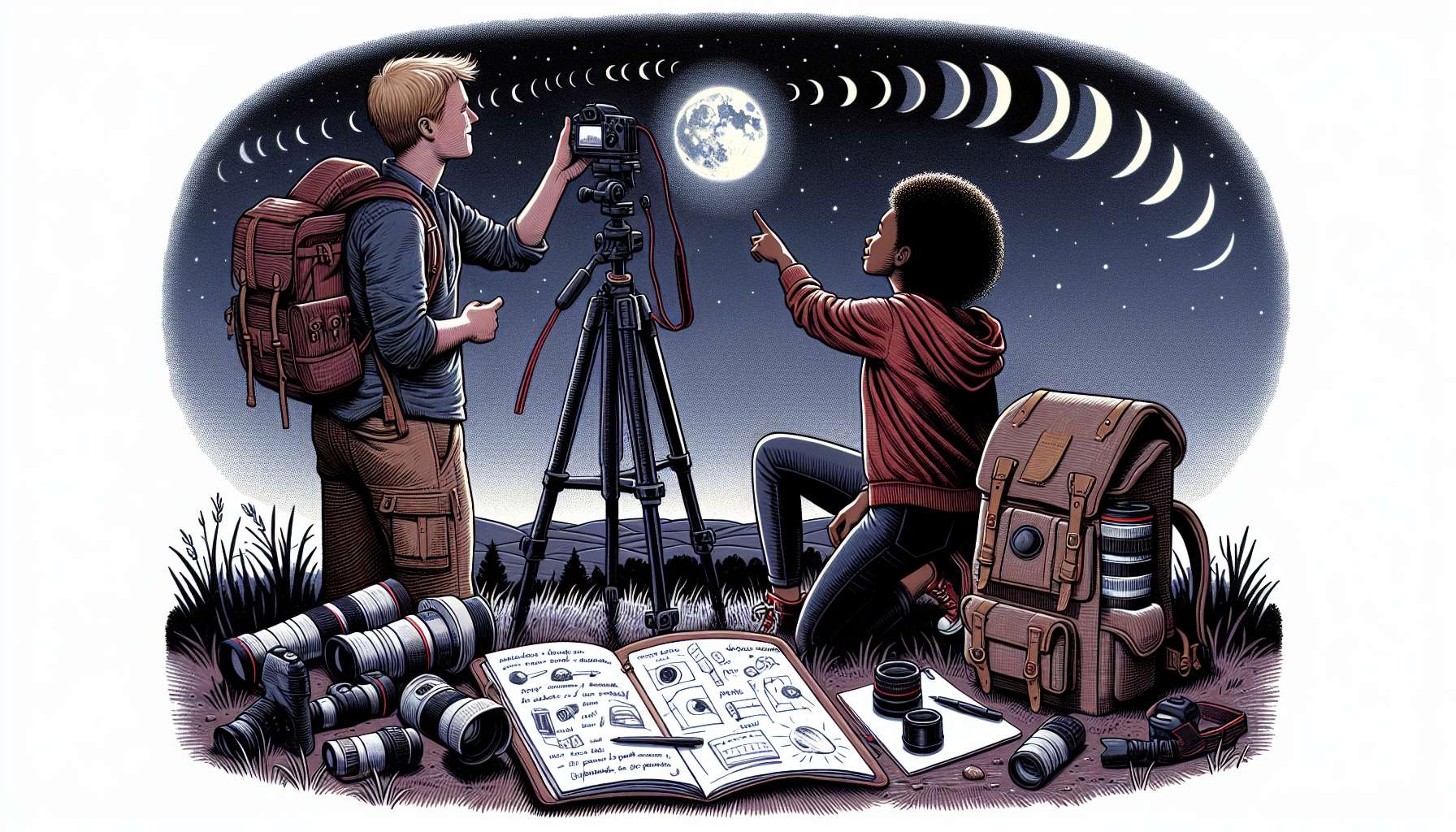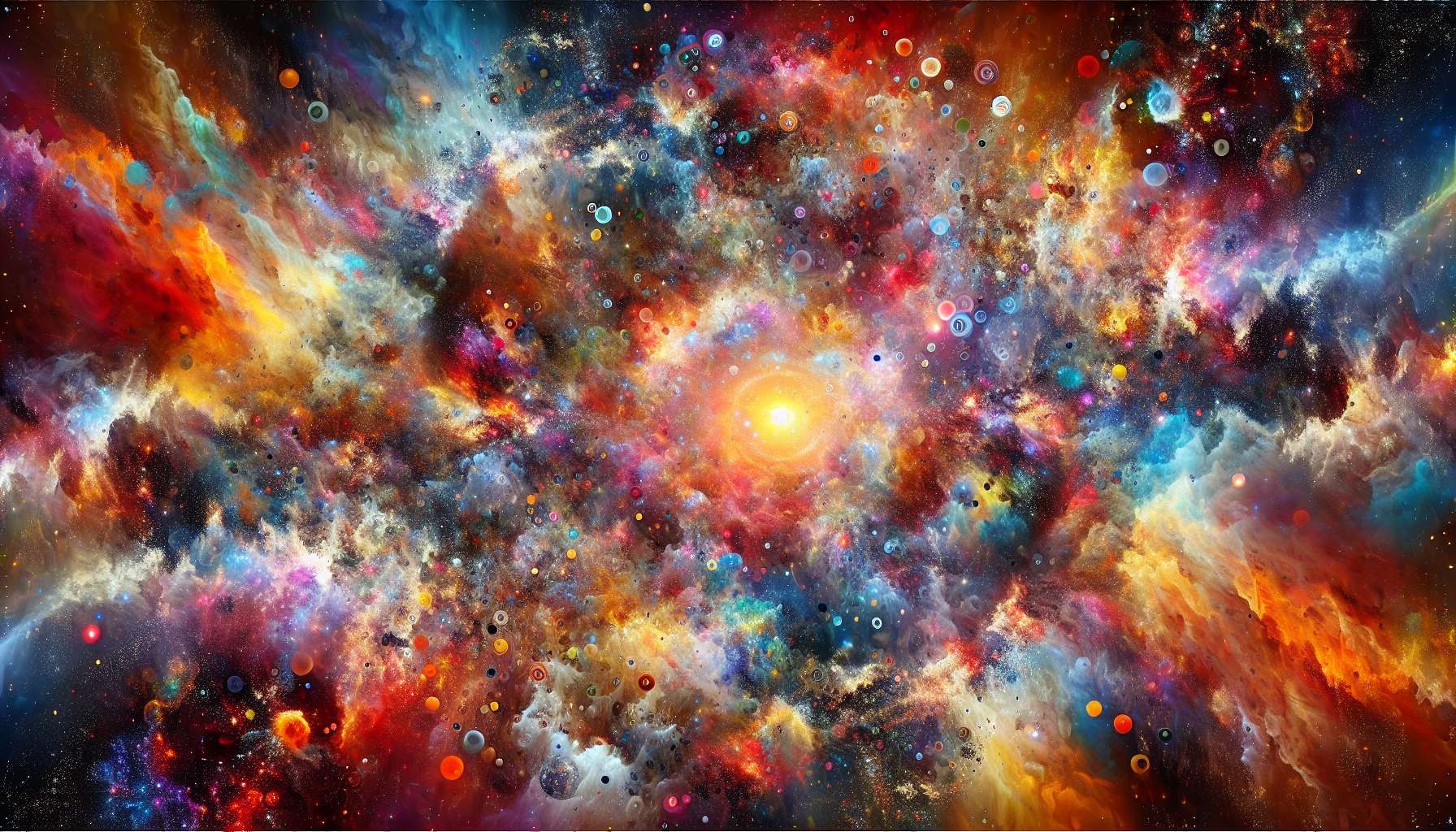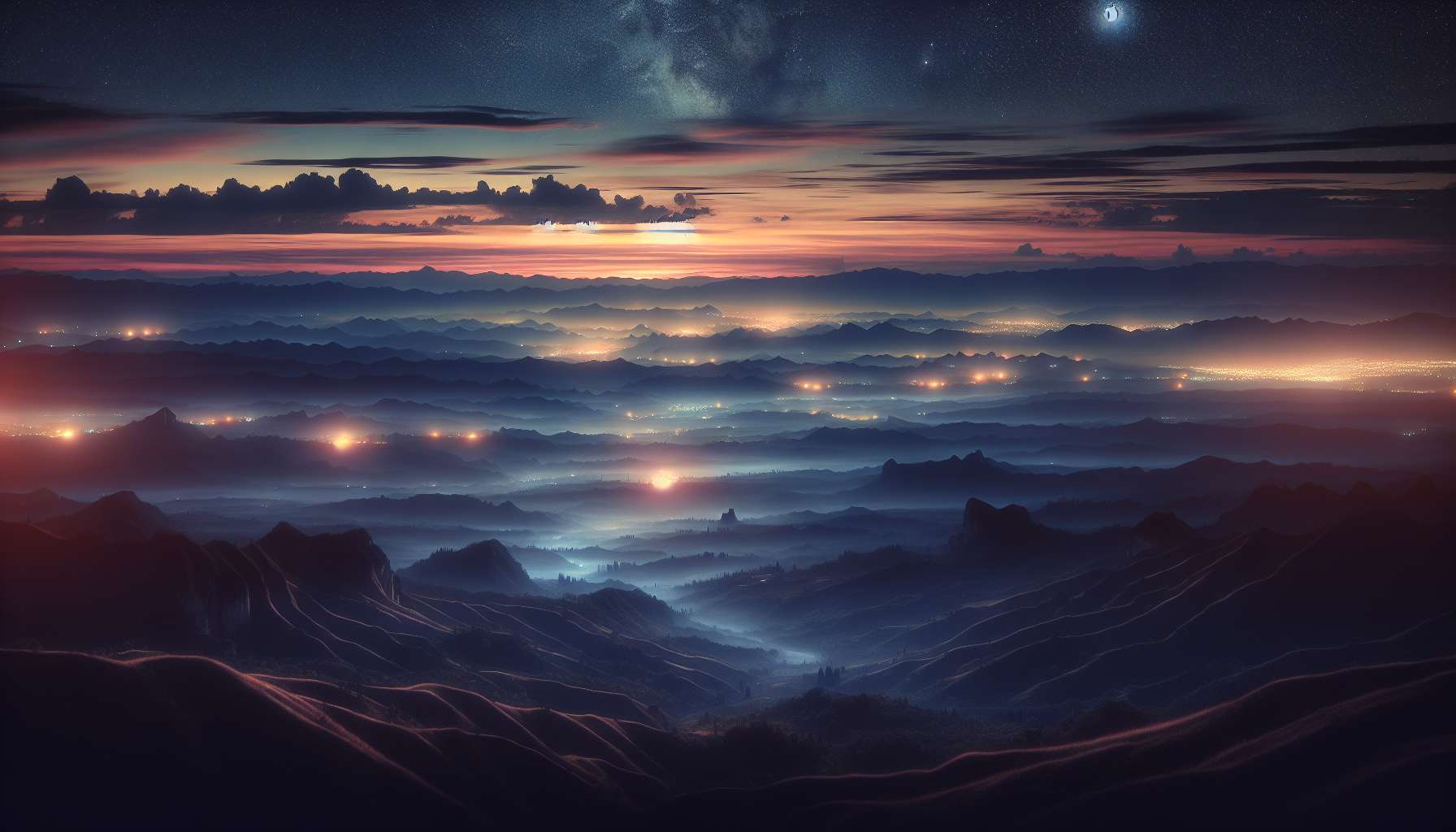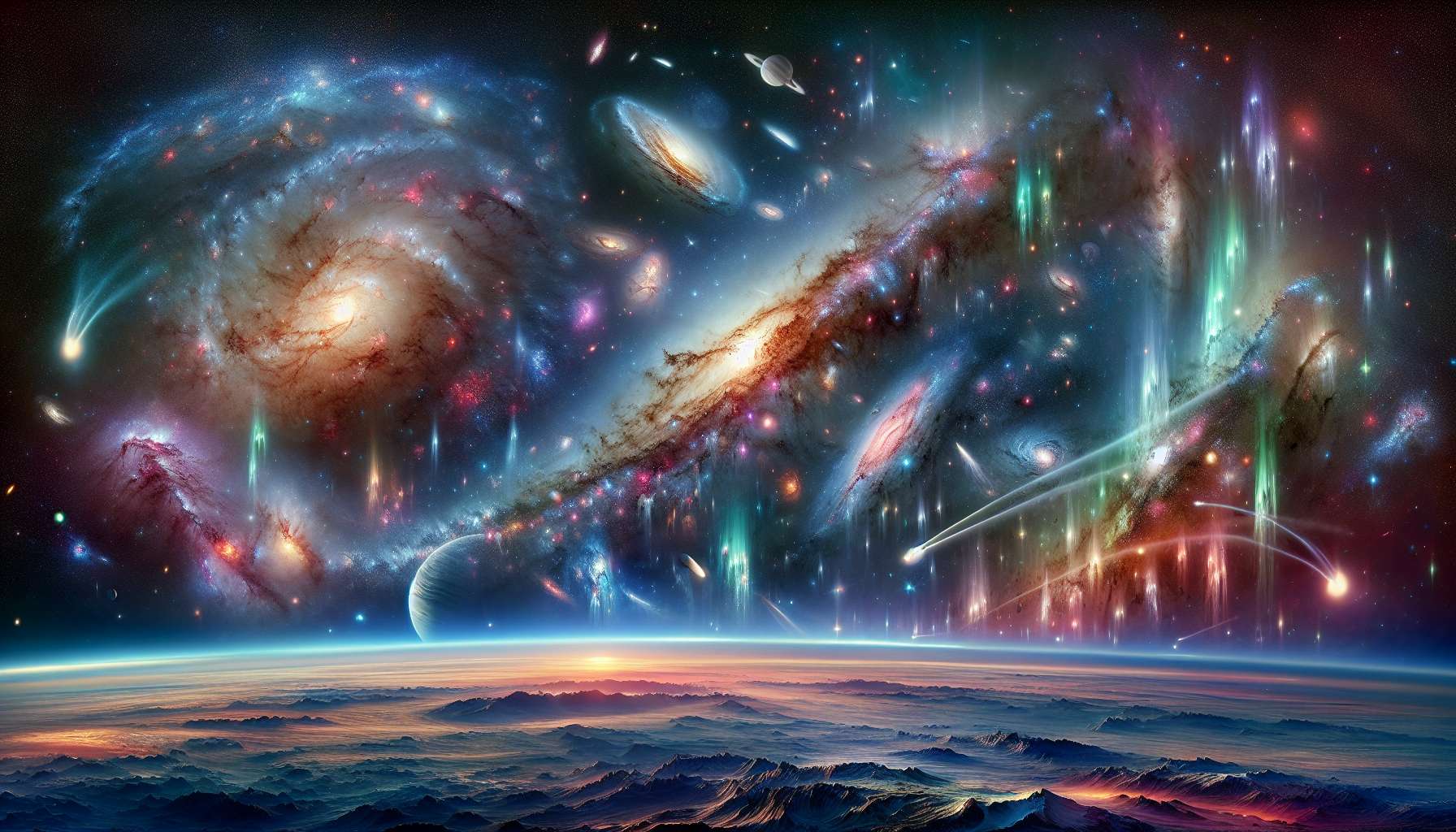Lunar Eclipse Photography Tips: Capturing the Beauty of the Celestial Event
Have you ever gazed up at the night sky, mesmerized by the beauty of a lunar eclipse? The celestial event, where the Earth’s shadow falls across the moon, creating a breathtaking display of colors and shadows, is a photographer’s dream. Capturing the magic of a lunar eclipse through photography requires skill, patience, and the right equipment. In this comprehensive guide, we will delve into the world of lunar eclipse photography, offering you tips, techniques, and insights to help you capture stunning images of this natural phenomenon.
The Basics of Lunar Eclipses
Before we dive into the tips and techniques of lunar eclipse photography, let’s first understand the basics of lunar eclipses. A lunar eclipse occurs when the Earth comes between the sun and the moon, casting its shadow on the lunar surface. There are three types of lunar eclipses: penumbral, partial, and total. A penumbral eclipse is when the moon passes through the Earth’s penumbral shadow, causing a subtle darkening of the lunar surface. A partial eclipse occurs when only a portion of the moon enters the Earth’s umbral shadow. And finally, a total eclipse occurs when the entire moon is engulfed in the Earth’s umbral shadow, creating a stunning display of colors ranging from red to copper.
During a total lunar eclipse, the moon can take on a reddish hue, often referred to as a “blood moon.” This phenomenon is caused by the Earth’s atmosphere filtering out shorter wavelengths of light, such as blue and green, while allowing longer wavelengths, such as red and orange, to pass through and illuminate the moon.
Choosing the Right Equipment
When it comes to capturing the beauty of a lunar eclipse through photography, having the right equipment is crucial. Here are some essential tools you’ll need:
Camera:
For lunar eclipse photography, a digital single-lens reflex (DSLR) camera is recommended. DSLR cameras offer greater control over settings such as aperture, shutter speed, and ISO, allowing you to capture detailed and high-quality images of the moon during an eclipse. Additionally, a camera with manual focus capabilities is ideal for achieving sharp and crisp images.
Lens:
A telephoto lens with a focal length of at least 200mm is recommended for capturing close-up shots of the moon during a lunar eclipse. A longer focal length will allow you to fill the frame with the moon, capturing intricate details and textures on its surface. Consider using a lens with image stabilization to reduce camera shake and ensure sharp images.
Tripod:
Stability is key when photographing a lunar eclipse, as any movement or vibration can result in blurry images. A sturdy tripod will help keep your camera steady during long exposure shots, allowing you to capture clear and sharp images of the moon during an eclipse. Look for a tripod with adjustable height and a ball head for easy positioning.
Camera Settings and Techniques
Now that you have the right equipment in hand, it’s time to delve into the camera settings and techniques needed to capture stunning images of a lunar eclipse. Here are some tips to help you get started:
Use Manual Mode:
When photographing a lunar eclipse, it’s best to use manual mode on your camera to have full control over settings such as aperture, shutter speed, and ISO. This will allow you to adjust these settings based on the lighting conditions and the phase of the eclipse.
Adjust Your Aperture:
For capturing detailed images of the moon during a lunar eclipse, set your aperture to a medium to small f-stop (e.g., f/8 to f/16). A smaller aperture will increase the depth of field, ensuring that both the foreground and the moon are in sharp focus.
Choose the Right ISO:
When photographing a lunar eclipse, set your ISO to a low to moderate level (e.g., ISO 100 to ISO 800) to reduce noise and maintain image quality. Adjust the ISO based on the lighting conditions and the desired exposure of your image.
Set Your Shutter Speed:
During a lunar eclipse, the moon moves slowly across the sky, allowing you to use longer shutter speeds to capture detailed images. Experiment with different shutter speeds, ranging from a few seconds to several minutes, to find the optimal exposure for your images.
Composition and Framing
Composition plays a crucial role in capturing compelling images of a lunar eclipse. Here are some tips to help you compose your shots effectively:
Find a Focal Point:
When photographing a lunar eclipse, look for interesting foreground elements to include in your composition, such as trees, buildings, or landmarks. These elements can add depth and context to your images, creating a sense of scale and perspective.
Experiment with Angles:
Don’t be afraid to experiment with different angles and perspectives when capturing a lunar eclipse. Try shooting from low angles to include the horizon in your shots, or shoot from a higher vantage point to capture the moon against the night sky. These creative angles can result in unique and captivating images.
Use the Rule of Thirds:
When composing your shots, apply the rule of thirds to create a well-balanced and visually appealing image. Divide your frame into nine equal sections using two horizontal and two vertical lines, and position key elements, such as the moon, along these lines or at their intersections.
Post-Processing Tips
Once you have captured your images of a lunar eclipse, post-processing can help enhance the quality and visual impact of your photos. Here are some post-processing tips to help you bring out the best in your lunar eclipse images:
Adjust Exposure and Contrast:
Use editing software such as Adobe Lightroom or Photoshop to adjust the exposure and contrast of your lunar eclipse images. Fine-tune the brightness, shadows, highlights, and contrast to enhance the details and colors of the moon.
Sharpen and Enhance Details:
Apply sharpening techniques to enhance the details and textures of the moon in your images. Use tools such as the sharpening filter or the clarity slider to bring out the fine details on the lunar surface.
Remove Noise:
Reduce noise in your lunar eclipse images by using noise reduction tools in editing software. Adjust the luminance and color noise reduction settings to smooth out any graininess or artifacts in your photos.
Expert Opinions
According to renowned astrophotographer, Alex Conu, “Capturing the beauty of a lunar eclipse through photography requires a combination of technical skills and artistic vision. Understanding the science behind lunar eclipses and mastering the art of composition can help you create stunning images that capture the magic of this celestial event.”
Conclusion
To wrap things up, capturing the beauty of a lunar eclipse through photography is a rewarding and awe-inspiring experience. By following the tips and techniques outlined in this guide, you can enhance your skills as a photographer and create stunning images of this natural phenomenon. Remember to experiment, be patient, and embrace the magic of the night sky as you embark on your lunar eclipse photography journey. Happy shooting!




